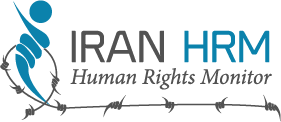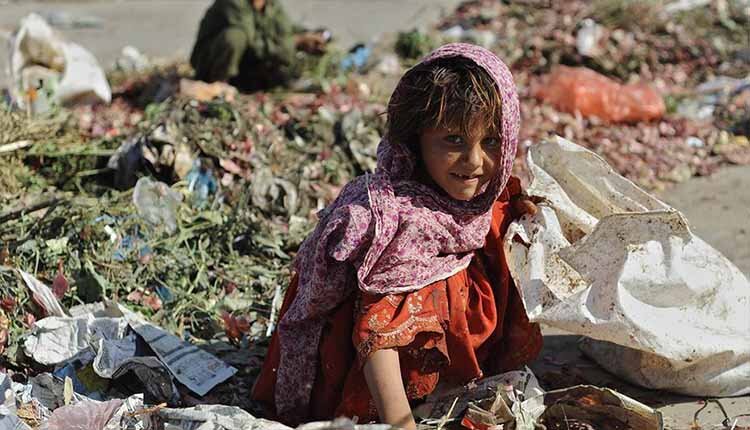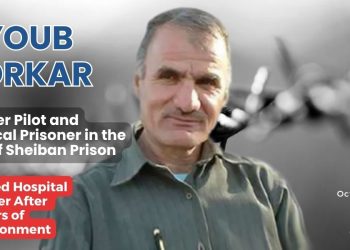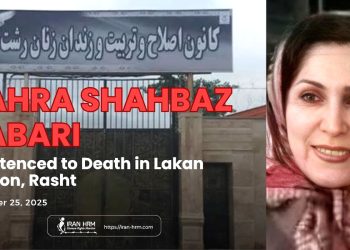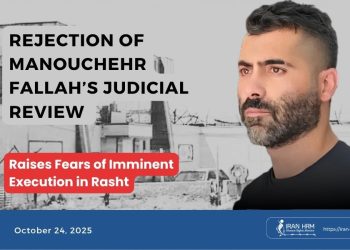The number of people living in absolute poverty in Iran has been on the rise due to 40 years of government mismanagement and corruption which has left around 80% of Iran’s population in poverty.
The Iranian Parliament’s Research Center recently published a new report that examines absolute poverty in Iran’s provinces, and provides insight into this growing crisis.
The Iranian officials have avoided to speak to the results of “absolute” or “extreme” poverty, which is not just an adjective describing the severity of the situation — it has a defined meaning, as noted in a report published by the United Nations in 1995.
“Absolute poverty is a condition characterized by severe deprivation of basic human needs, including food, safe drinking water, sanitation facilities, health, shelter, education and information. It depends not only on income but also on access to social services.” And the World Bank has set a more measurable standard for extreme poverty: Living on less than $1.90 a day (adjusted for inflation).
According to the report, 38.31 percent of the population of this province, or around 1.232 million people, live in absolute poverty.
Next comes Kerman, Sistan and Baluchistan’s neighbor to the west, where 32.90 percent of the population, or around 1.311 million people, live in absolute poverty.
In the northeastern province of Golestan, 30.68 percent, or some 646,000 people live in absolute poverty.
The most important religious city in Iran, Qom, has 29.96 percent of the population, or 476,000 people, living in a state of extreme poverty.
Religion appears to be an important factor for the extreme poverty of these provinces.
Much of the population is Sunni Muslim in the provinces of Sistan and Baluchistan, and Golestan. The report by the Parliament’s Research Center makes it official that poverty and margin-dwelling occurs in Sunni-majority regions.
Qom is the base for Iranian Shia seminaries, and home to many religious authorities and ayatollahs. Thousands of seminary students from across the country also live there, often in poor conditions. Qom was located in Tehran province until 1995, but under orders from Supreme Leader Ali Khamenei, Qom became part of a separate province. The area has a desert-like climate and inadequate infrastructure, and hasn’t the resources to address its problems.
A large number of destitute Afghan refugees has worsened the situation in Kerman, a province that also has poor infrastructure and little employment opportunity. The neighboring province of Hormozgan is home to a large population of Sunnis, and is the fifth poorest province in Iran. The parliamentary report states that 22.08 percent of the population of Hormozgan, or 496,000 people, live in absolute poverty.
The study finds that in 2016, the poverty line for an urban household of four was the highest in Tehran — 2.076 million tomans ($495) per month — as opposed to 983,000 tomans ($234) per month, which was the lowest poverty line among the urban areas.
The same difference was also true for rural areas. In the rural areas in the provinces of Tehran and the neighboring Alborz, the poverty line for a rural household of four was 1.167 tomans ($278) per month as opposed to 543,000 tomans ($130) in the most remote villages in Iran.
The research highlights statistics from 2016, so its concerning that poverty has worsened in the last two or three years. The newspaper Donya-e Eghtesad (“The World of Economy”) has attempted to bring some of the figures set out in the Research Center’s report up to date, and have concluded that inflation was 53 percent higher in the Iranian calendar month of Aban 1397 (October 23 – November 21, 2018) compared to the same month in 2016. Using this information, the newspaper claims that if adjusting the poverty line for inflation will make the poverty line for a family of four in the city of Tehran 3.18 million tomans ($757) per month. As for the poverty line for a rural household in the provinces of Tehran and Alborz, it is nearly 1.8 million tomans ($429) per month. For deprived villages such as those in the provinces of Sistan and Baluchistan, it is 831,000 tomans ($198).
